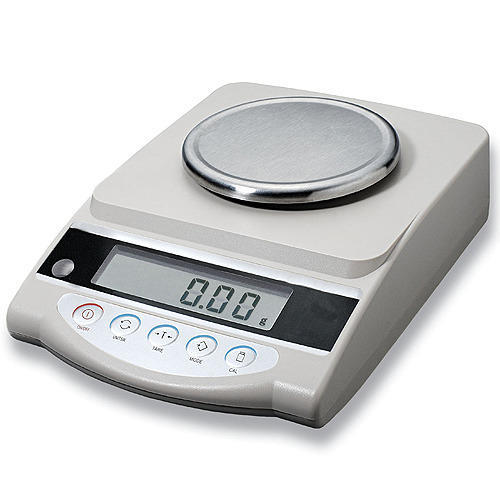Topic Content:
- Definition of Mass
- Definition of Weight
- Differences between Mass and Weight
- Relationship Between Mass And Weight
- Worked Example
What is Mass?
Mass is the quantity of matter contained in a body. With the System Internationale (S.I) unit, the standard unit of mass is kilogram.
The measurement of the mass of a body is carried out with the aid of chemical balance or beam balance in the laboratory and these instruments can measure up to 0.001 g, which is the reading accuracy of the beam or chemical balance.

You are viewing an excerpt of this Topic. Subscribe Now to get Full Access to ALL this Subject's Topics and Quizzes for this Term!
Click on the button "Subscribe Now" below for Full Access!
Subscribe Now
Note: If you have Already Subscribed and you are seeing this message, it means you are logged out. Please Log In using the Login Button Below to Carry on Studying!



Thank you
Thank you so much
like it